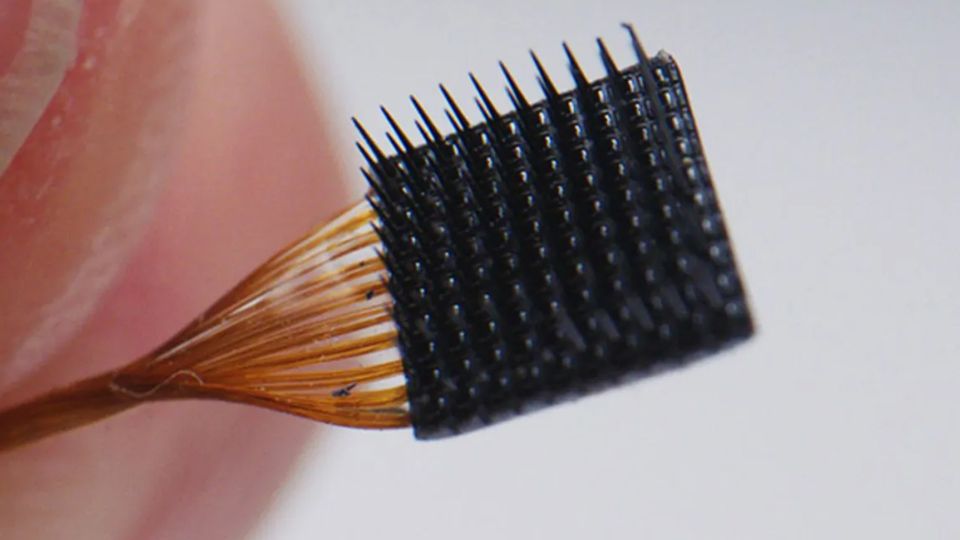The Software Advances Powering the Next Generation of Brain Implants

Complete the form below to unlock access to ALL audio articles.
Blackrock Neurotech, a leader in brain-computer interface (BCI) device design, recently has announced a collaboration with Venice, CA-based software developer AE Studio. Blackrock’s MoveAgain BCI was recently granted breakthrough device designation by the Food and Drug Administration (FDA). AE Studio will bring their expertise to the software powering MoveAgain, enhancing the system’s machine learning models and algorithms to improve usage for patients.
To find out more, we spoke to Evan Coopersmith, AE Studio’s executive vice-president of data science.
Ruairi J Mackenzie (RM): You recently placed first in the Neural Latents Benchmark Challenge – what is this challenge?
Evan Coopersmith (EC): The Neural Latents Benchmark or “NLB” challenge brought together neuroscience and machine learning researchers in academia and industry. Its purpose was to challenge and assess the state-of-the-art in machine learning for identifying latent factors within neural data sets. Several datasets contained the activity of neurons in monkeys’ brains while they performed simple movement tasks to visual cues, similar to a video game.
Competitors were tasked with drawing inferences from electrodes placed in hundreds of neurons across five datasets. Put simply, given the activity of some number of neurons, can you use machine learning to predict the activity of nearby neurons that have gone missing from the data? Each model was deployed on neural data from different regions of the brain, recorded using Blackrock electrode arrays.
RM: How has the software powering brain implants improved over the last 14 years of their use in research? Can you give an example of something the software can do now that it couldn’t previously?
EC: In the world of software, progress hinges upon processing speed, feature development, and algorithmic advancement. To wit, the algorithm that Deep Blue deployed to beat Garry Kasparov at chess (brute force search) was likely centuries old. Victory became possible when processing speed was sufficient to allow those algorithms to be deployed in the context of a game with a ticking clock.
In the world of BCI, fourteen years ago, implementation of artificial neural networks for decoding patterns in data was complex, cumbersome, and the execution of those algorithms was slow. For an individual moving an artificial limb with their thoughts or turning their thoughts into text, processing delays limit the utility of the tool (imagine thinking about moving your arm and your arm reacting 10 minutes later). Now, near-real-time decoding is plausible.
RM: What will the collaboration between AE Studio and Blackrock mean for patients?
EC: This collaboration ensures that the patient experience is the best it can be. It ensures that patients spend the maximum amount of time communicating and creating, and a minimal amount of time calibrating or training the system. This is made possible by the state-of-the-art in the hardware space, paired with industrial best practices for software development and machine learning. The repeatability, robustness and productionalization of software that has allowed AE to deliver extraordinary products for clients and internal projects is now being applied to the finest neuroscience models academic researchers have produced over the past decades.
RM: As BCIs become more widely available, it is easy to see how updates to their software could leave initial users behind. How can software in BCIs be protected against becoming obsolete as technologies advance?
EC: The simplest answer is that software lives outside of the human skull, and thus, software can be updated to improve processing speed and performance for existing hardware. It means flexibility in the applications available to the user and adapting to the ever-changing state of the brain and the hardware that access those states. More broadly, like all technologies, there will be progress between the first adopters and those who succeed them. Still, Blackrock’s hardware has shown to be performant for over two decades. Now software updates can occur in your car, so why not your BCI?
Evan Coopersmith was speaking to Ruairi J Mackenzie, Senior Science Writer for Technology Networks




